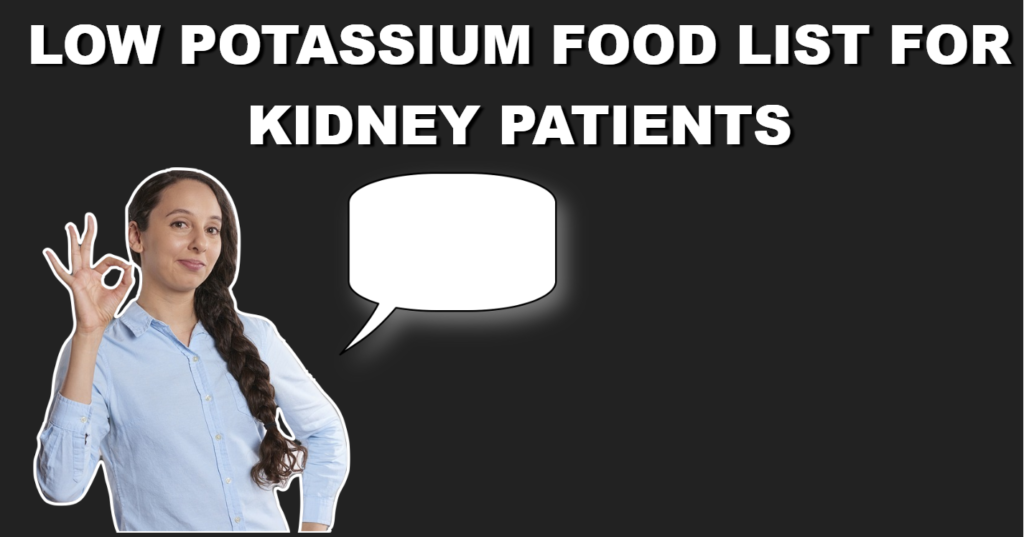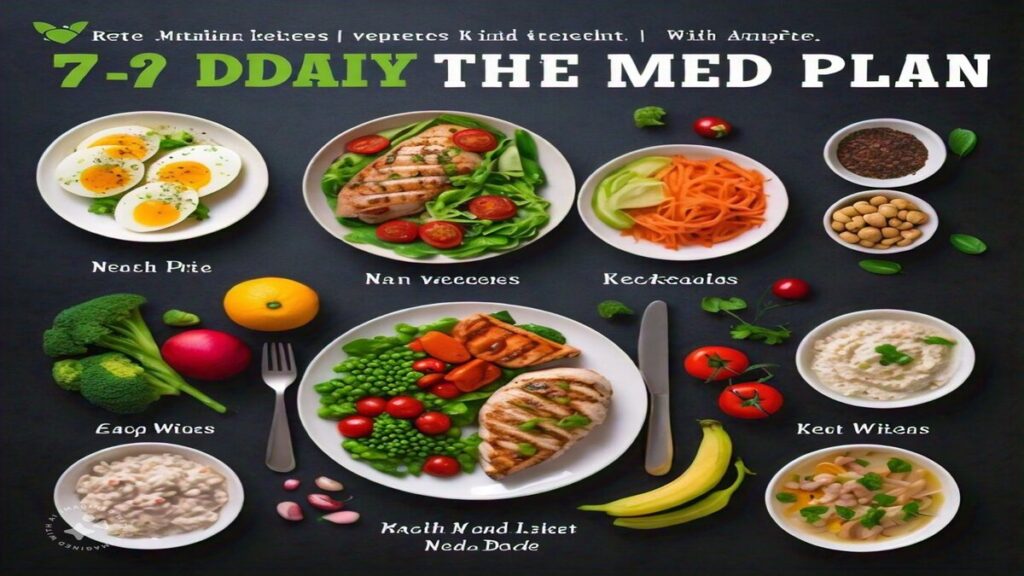Let me start with this — if you or someone you care about is navigating Chronic Kidney Disease (CKD) Stage 4, I truly get how overwhelming that can feel. You hear terms like “low phosphorus,” “sodium restrictions,” and “renal diet,” and suddenly grocery shopping becomes a research project. Been there, seen it, helped people through it.
But here’s the thing: food is powerful. And while it can’t reverse CKD, the right diet can seriously improve how you feel, slow progression, and help manage symptoms like fatigue, swelling, and even that nagging brain fog.
Good Diet for Stage 4 CKD
In short: low in sodium, potassium, and phosphorus — with moderate protein.
Here’s a breakdown that’s helped many patients we’ve worked with in the clinic:
✅ Foods That Are Generally Safe:
- Low-potassium fruits: Apples, grapes, berries, peaches
- Non-starchy veggies: Green beans, cabbage, cauliflower, zucchini
- White rice or pasta (instead of whole grain — surprising, right?)
- Egg whites and lean chicken (in moderation)
- Olive oil or unsalted butter for cooking
- Herbs and spices for flavor (skip the salt)
In my experience, one of the easiest changes was swapping regular tomato sauce for a low-sodium version. My uncle said, “Hey, this still tastes like pasta night!”
The Goal of a CKD Stage 4 Diet?
At this stage, kidneys are working at about 15–29% of their normal function. That means they can’t filter waste as effectively—especially things like potassium, phosphorus, sodium, and excess protein.
The diet goal? Take some of the pressure off the kidneys. Let them breathe a little.
But here’s where people often get tripped up: “renal diet” isn’t one-size-fits-all. It depends on your lab values, symptoms, and whether you’re preparing for dialysis. That’s why a renal dietitian is golden.
In My Experience: Food Isn’t Just Fuel, It’s Feedback
In my experience supporting patients with Stage 4 CKD, one pattern stands out: the moment they start tuning into their diet, they often feel the difference. It’s subtle at first—less bloating, more energy, fewer bathroom wake-ups at night—but it builds. One patient, Raj, used to say his energy was like a phone stuck at 15%. After dietary tweaks, he felt like he’d finally found a charger.
Does that sound familiar? Like you’re constantly drained but can’t put your finger on why?
The Big Four Nutrients to Watch
Let’s break this down in a way that doesn’t sound like a science lecture. Imagine your kidneys as overworked coworkers on a night shift. They need a break—and these are the tasks they’re struggling with:
🧂 1. Sodium
Too much sodium = more fluid retention = higher blood pressure = kidneys yelling “I can’t keep up!”
- Skip the salt shaker.
- Watch out for processed foods, canned soups, deli meats, and sauces.
Reader tip: Ever tried seasoning with lemon juice, garlic, or herbs instead? Game changer.
🍖 2. Protein
Yes, your body needs protein. But too much creates more waste—guess who has to clean that up? Yep, your kidneys.
- Choose high-quality protein in moderation: eggs, fish, lean meats.
- Plant-based options like tofu or lentils? Good idea, but check your potassium and phosphorus levels first.
🍌 3. Potassium
Too much potassium can affect your heart rhythm—and no one wants that surprise.
- Watch bananas, oranges, tomatoes, potatoes, and spinach.
- Go for apples, berries, grapes, and cabbage instead.
That said, potassium needs vary. Some people with CKD actually have low potassium. Again—this is where those lab results matter.
🥛 4. Phosphorus
This one’s sneaky. High phosphorus can weaken your bones over time, even if they feel fine now.
- Avoid processed foods with “phos” additives (read the labels!).
- Limit dairy, dark colas, and whole grains (yep, unfortunately).
- Ask your doctor about phosphate binders if levels are high.
Is It Boring? It Doesn’t Have to Be.
I’ve seen people get creative—one woman made low-sodium pesto using basil, garlic, lemon, and sunflower seeds (phosphorus-friendly!). She said it made her “feel like a chef, not a patient.”
What if, instead of thinking of your diet as restriction, you thought of it as rebalancing?
Addressing Your Concerns: “Can I Cheat Sometimes?”
Short answer? Talk to your nephrologist or renal dietitian. Longer answer? Life happens. It’s better to plan a small indulgence mindfully than to spiral into guilt and confusion. Progress over perfection, always.
One Last Thought
If you’re feeling confused, skeptical, or even frustrated—I hear you. Food is emotional. This isn’t just about nutrients; it’s about your culture, your habits, your cravings, and yes—your identity. So be kind to yourself.
Meanwhile, remember this: you have more control than you think. And the small changes you make today? They can have a big impact tomorrow.
Disclaimer
This article is for educational purposes and doesn’t replace medical advice. Please consult with a registered renal dietitian or your healthcare provider for a personalized plan.
Is string cheese ok for kidneys
Nutritional Content of String Cheese String cheese is a popular snack that offers a variety…
Best Plant-Based Lean Proteins for Kidney Health
Are you looking to improve your kidney health with plant-based proteins? You’re in the right…
7 Day Kidney Stone Diet Chart: Your Ultimate Kidney Health Guide
A 7-day kidney stone diet chart focuses on hydration, low-oxalate foods, and reduced sodium to prevent stone…
Low Potassium Food List for Kidney Patients: A Simple Guide to Healthy Eating
If you’re a kidney patient, managing your diet is key to staying healthy. This includes…
The Surprising Benefits of Walnuts for People with Kidney Disease
Walnuts are often considered a nutritional powerhouse, packed with healthy fats, antioxidants, and a range…
Diet for Stage 4 Chronic Kidney Disease: What to Eat & What to Avoid
Let me start with this — if you or someone you care about is navigating…
Can Grapefruit Juice Cause Kidney Stones? The Truth You Need to Know
Can grapefruit juice cause kidney stones? This is a common question that many people ask…
Low Sodium Diet for Kidney Disease and CKD
Why Low-Sodium Snacks Matter for CKD Living with chronic kidney disease (CKD) means navigating a…
7-Day Meal Plan for Kidney Disease
SummaryA balanced diet is key for healthy kidneys. This includes lean proteins, low-phosphorus foods, and…









